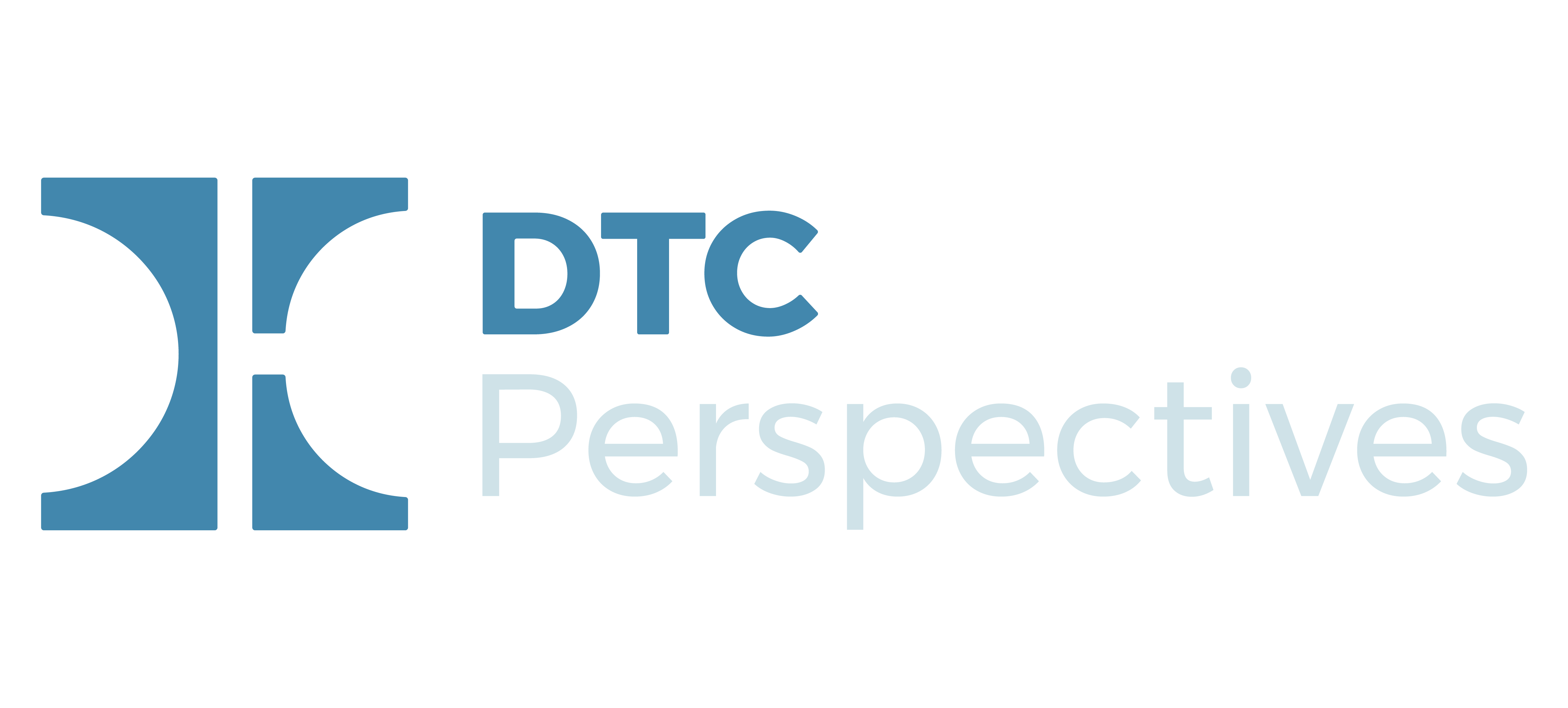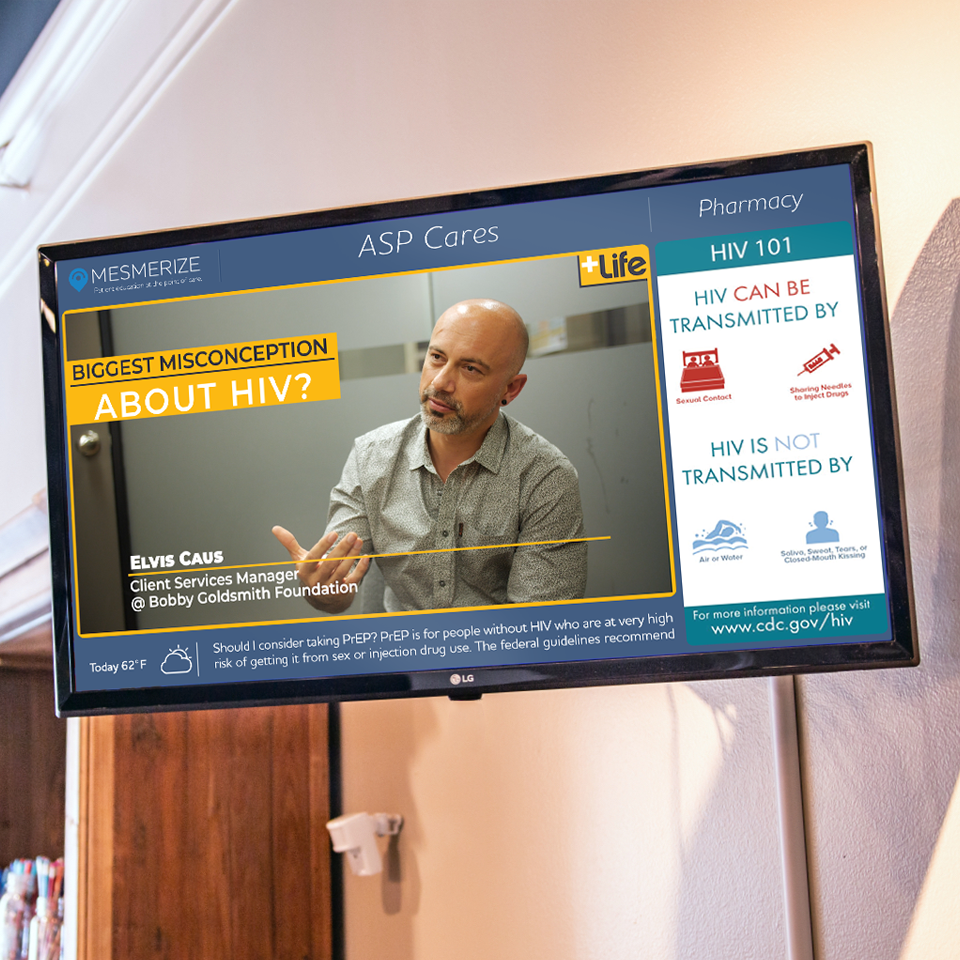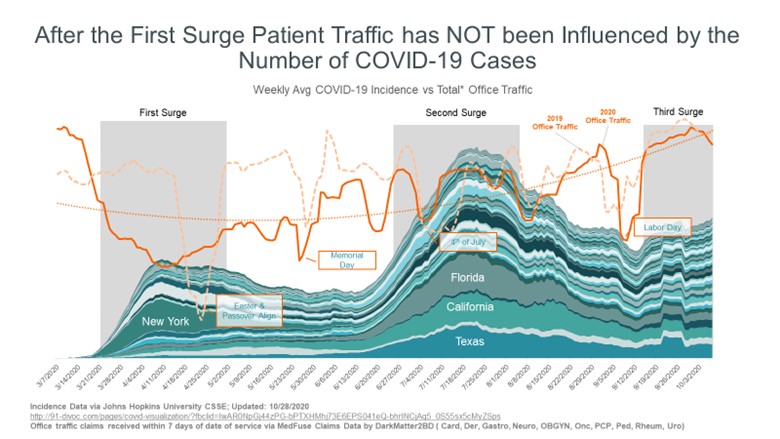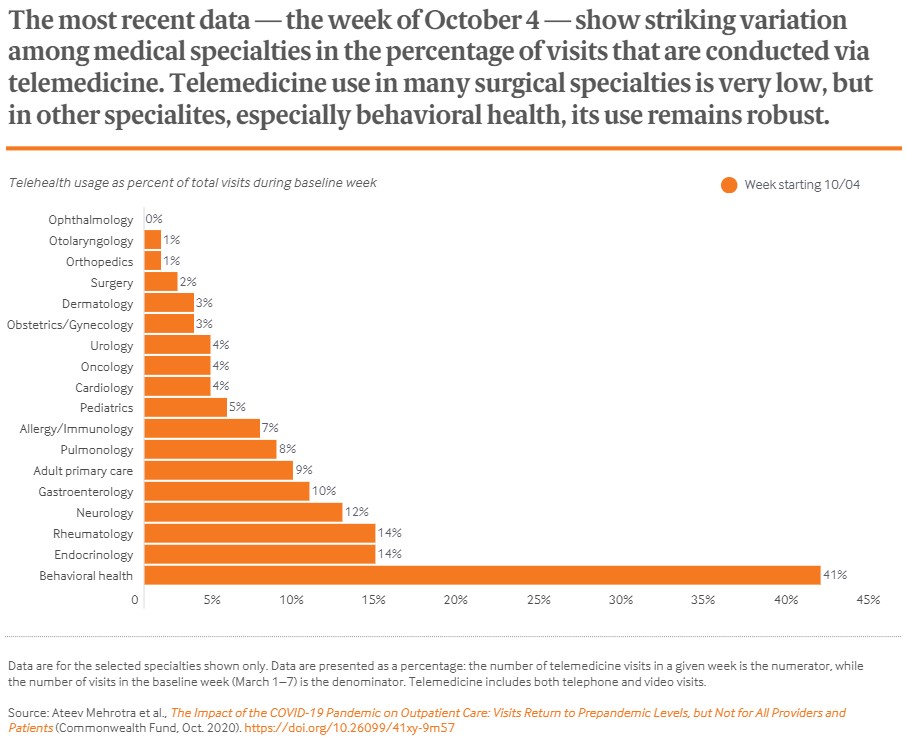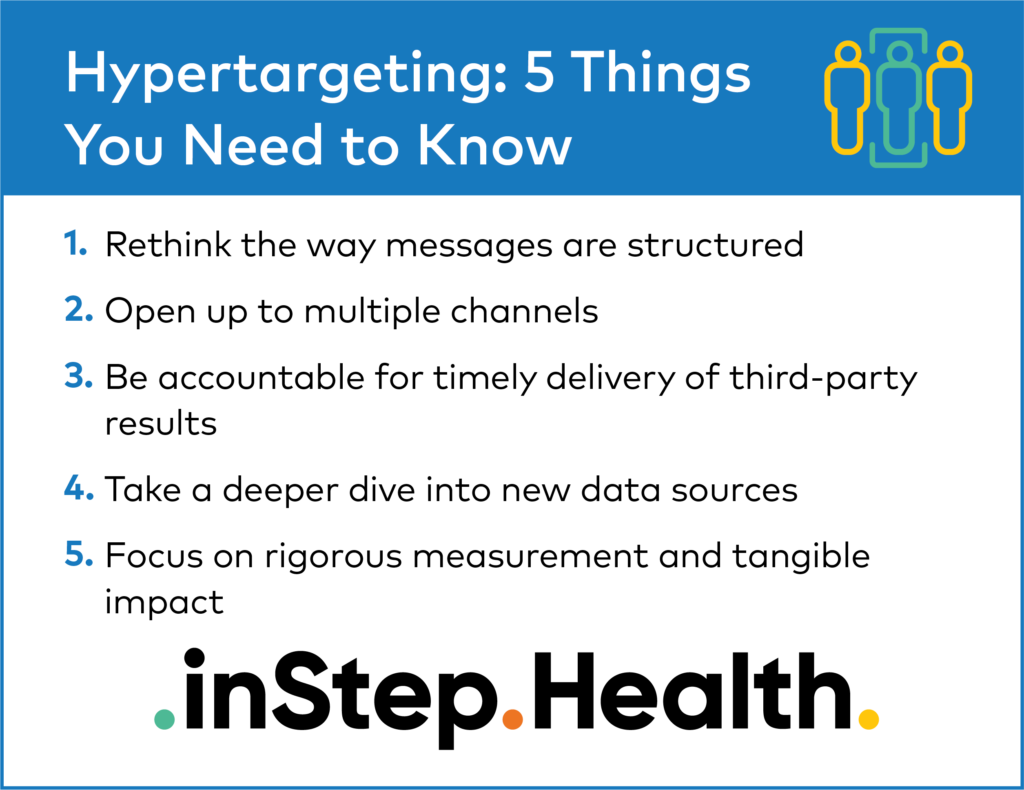Announced today, President Biden is set to sign two Executive Orders in his efforts to improve health care access and affordability to Americans. The Department of Health and Human Services (HHS) is expected to re-open a “Special Enrollment Period” this year to the Health Insurance Marketplace, from Feb. 15-May 15, allowing citizens in need of insurance to sign up for health coverage during the pandemic.
The President has also instructed federal agencies to re-examine the following policies to assess whether they are in need of additional strengthening as well:
- “Policies that undermine protections for people with pre-existing conditions, including complications related to COVID-19;
- Demonstrations and waivers under Medicaid and the ACA that may reduce coverage or undermine the programs, including work requirements;
- Policies that undermine the Health Insurance Marketplace or other markets for health insurance;
- Policies that make it more difficult to enroll in Medicaid and the ACA; and
- Policies that reduce affordability of coverage or financial assistance, including for dependents.”
Furthermore, a Presidential Memorandum is going to be issued to “protect and expand access to comprehensive reproductive health care.” The Memorandum also “directs the Department of Health and Human Services to take immediate action to consider whether to rescind regulations under its Title X family planning program.”

